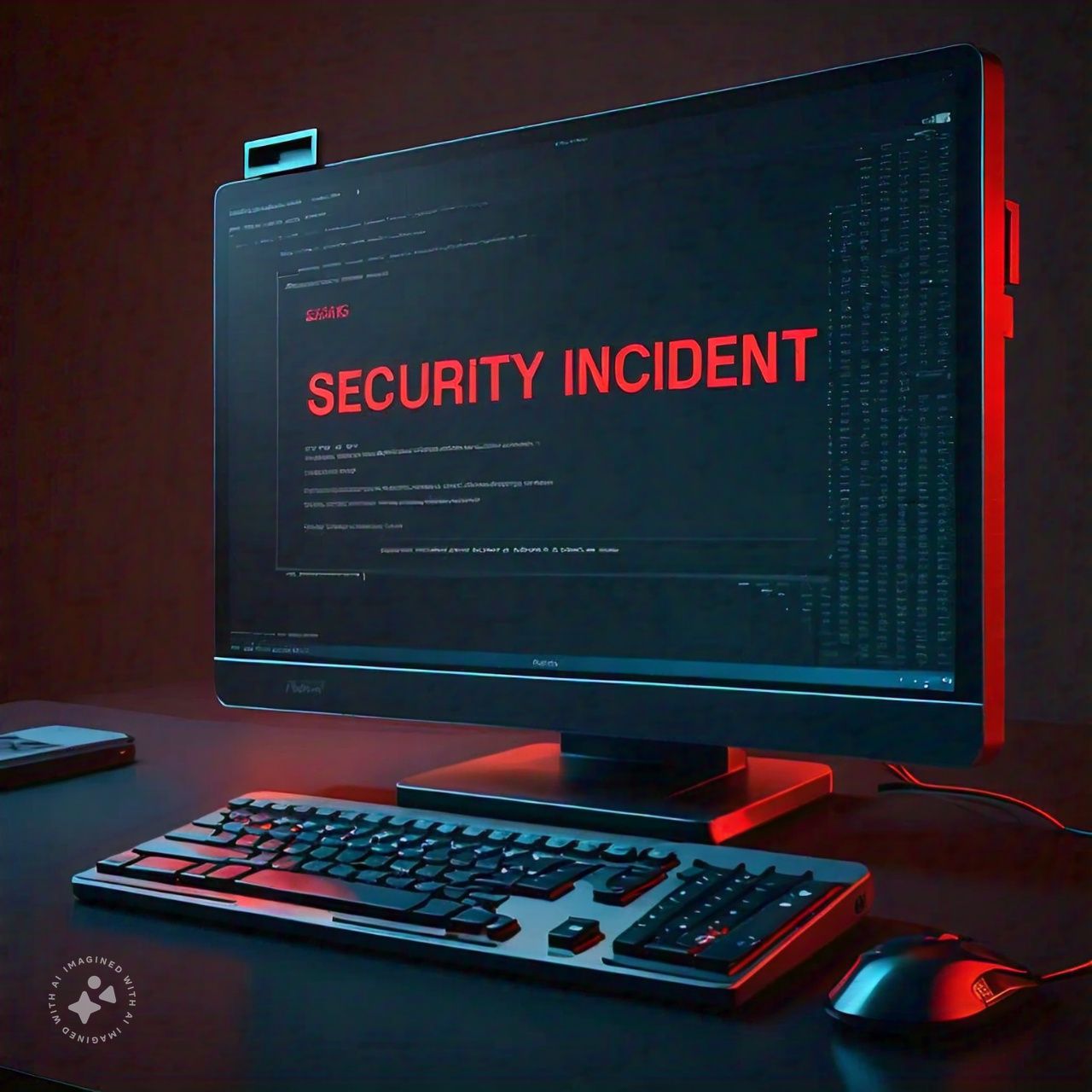 By: John Abhilash / August 1, 2024
By: John Abhilash / August 1, 2024
In today’s digital landscape, cybersecurity incidents are becoming increasingly common and complex. When these incidents occur, a well-structured security incident report is essential for an effective response, analysis, and prevention of future issues. This guide will cover the key elements of a security incident report, provide a security incident report format sample, and offer practical tips for creating clear, concise, and actionable reports.
1.Understanding the Importance of a Standardized Security Incident Report Format
A standardized report format is crucial because it:
Ensures consistent documentation across the organization
Helps relevant stakeholders quickly understand incident details
Assists in identifying trends and recurring issues
Supports compliance requirements and potential legal actions
Facilitates knowledge sharing and improvements in incident response
By adopting a consistent format, organizations can streamline their response processes and strengthen their overall security. Having a security incident report format sample can greatly assist in establishing this standard.
2.Key Components of a Security Incident Report Format
An effective report, as demonstrated in a security incident report format sample, typically includes the following sections:
Executive Summary
Incident Details
Impact Assessment
Response Actions
Root Cause Analysis
Recommendations
Appendices
Let’s go into each of these sections in detail, using a security incident report format sample to illustrate.
The executive summary offers a quick overview of the incident. It should be brief but informative, covering:
Incident type and severity
Date and time of occurrence
A brief description of the incident
Major impacts
Current status (resolved, ongoing, etc.)
Example:
Executive Summary:
On May 15, 2024, at 14:30 UTC, a critical data breach was detected in the customer database. The incident resulted in unauthorized access to approximately 50,000 customer records. The breach was contained within 4 hours, and affected customers have been notified. The incident is currently under investigation, with preliminary findings suggesting a SQL injection vulnerability as the root cause.
This security incident report format sample highlights the key information needed for quick comprehension.
4.Incident Details
This section should provide a step-by-step account of the incident, including:
How and when the issue was first detected
Systems and data affected
A timeline of key events
Individuals or teams involved in the response
Example:
Incident Timeline:
14:30 UTC – Anomalous database activity detected by monitoring system
14:45 UTC – Incident response team alerted and investigation initiated
15:15 UTC – Unauthorized access to customer database confirmed
16:30 UTC – Vulnerable application identified and taken offline
18:00 UTC – Database access revoked and system patched
18:30 UTC – Incident contained, recovery process initiated
This security incident report format sample section ensures a thorough documentation of events.
5.Impact Assessment
The impact assessment should describe the consequences of the incident, such as:
Number of affected systems, users, or records
Types of data compromised
Financial impact (if known)
Operational disruptions
Potential legal or regulatory implications
Including this information in a security incident report format sample helps in evaluating the incident’s severity.
6.Response Actions
This section will outline the steps taken to address the incident:
Immediate containment measures
Methods used to preserve evidence
Communication with stakeholders
Engagement of external parties (e.g., law enforcement, cybersecurity firms)
The security incident report format sample provided here guides the documentation of response efforts.
7.Root Cause Analysis
This analysis identifies the underlying factors that led to the incident, including:
Technical vulnerabilities exploited
Human factors or errors involved
Failed controls or processes
Any contributing environmental factors
A security incident report format sample that includes a root cause analysis can help in preventing future incidents.
8.Recommendations
Based on the incident analysis, provide actionable recommendations to prevent similar incidents in the future, such as:
Specific technical fixes or patches
Process improvements
Additional security controls
Training or awareness programs
This part of the security incident report format sample is crucial for guiding future actions.
9.Appendices
Include any supporting documentation, such as:
Detailed technical logs
Network diagrams
Malware analysis reports
Communication transcripts
Appendices in a security incident report format sample support the main report with detailed data.
Here’s a sample template that incorporates the key components of a security incident report format:
Security Incident Report
1. Executive Summary
[Provide a brief overview of the incident, its impact, and current status]
2. Incident Details
2.1 Incident Type:
2.2 Date and Time of Occurrence:
2.3 Date and Time of Detection:
2.4 Affected Systems/Data:
2.5 Incident Timeline:
[List key events chronologically]
3. Impact Assessment
3.1 Scope of Impact:
3.2 Data Compromise:
3.3 Operational Impact:
3.4 Financial Impact:
3.5 Regulatory/Legal Implications:
4. Response Actions
4.1 Containment Measures:
4.2 Evidence Preservation:
4.3 Stakeholder Communications:
4.4 External Party Engagement:
5. Root Cause Analysis
5.1 Primary Cause:
5.2 Contributing Factors:
5.3 Failed Controls:
6. Recommendations
6.1 Immediate Actions:
6.2 Short-term Improvements:
6.3 Long-term Strategies:
7. Appendices
[List and attach relevant supporting documents]
Report Prepared By: [Name]
Date: [Date]
11.Best Practices for Using the Security Incident Report Format
To make the most of your report format, consider these tips:
Use clear and simple language
Stick to facts and avoid guessing
Use bullet points and tables to improve readability
Include visuals (charts, diagrams) where helpful
Be consistent with terminology
Update the report as new information comes in
Tailor the technical detail to your audience
Referencing a security incident report format sample can help ensure consistency and clarity.
12.Customizing the Security Incident Report Format
While having a standard format is important, it’s also useful to adjust it based on your organization’s needs:
Match it with existing incident classification systems
Include industry-specific regulatory requirements
Add fields for internal tracking or metrics
Integrate with incident management or ticketing systems
Customizing a security incident report format sample can make it more relevant and effective.
13.Challenges in Implementing a Standardized Security Incident Report Format
Organizations may face several challenges when implementing a standardized format, such as:
Resistance to change from team members
Inconsistent use across different departments
Balancing detail with brevity
Ensuring reports are completed promptly during stressful situations
To overcome these challenges, consider:
Providing training on the new format
Automating parts of the reporting process
Regularly reviewing and refining the format based on feedback
Overcoming these challenges ensures effective use of the security incident report format sample.
14.Leveraging Technology for Efficient Security Incident Reporting
Modern incident response platforms can streamline the reporting process:
Automate data collection and fill in report fields
Integrate with security information and event management (SIEM) systems
Offer collaboration features for team input
Provide version control and audit trails for report updates
Utilizing technology can enhance the efficiency of using a security incident report format sample.
15.The Role of Security Incident Reports in Continuous Improvement
Well-structured reports are key to continuous improvement efforts:
Spot patterns and trends in incidents over time
Inform updates to security policies and procedures
Guide investments in security technologies and training
Support post-incident reviews and lessons learned sessions
A well-designed security incident report format sample can be a valuable tool for organizational learning.
Conclusion:
A well-designed security incident report format is an essential tool for effective incident response and organizational learning. By using a standardized approach, customizing it to your needs, and leveraging technology, you can ensure that your reports provide maximum value. Remember that the goal of these reports is not just to document what happened but to drive improvements that enhance your overall security posture.
Call to Action: Review your current security incident report format and compare it to the security incident report format sample provided in this guide. Identify areas for improvement and think about how you can streamline your reporting process. Engage with your incident response team to gather feedback and ensure that your report format meets the needs of all stakeholders. By continually refining your approach to incident reporting, you’ll be better prepared to handle future security challenges and protect your organization’s critical assets.
Check Out Other Resources : Master ASPM :Build a secure strategy, Security Incident Template







Leave a Comment